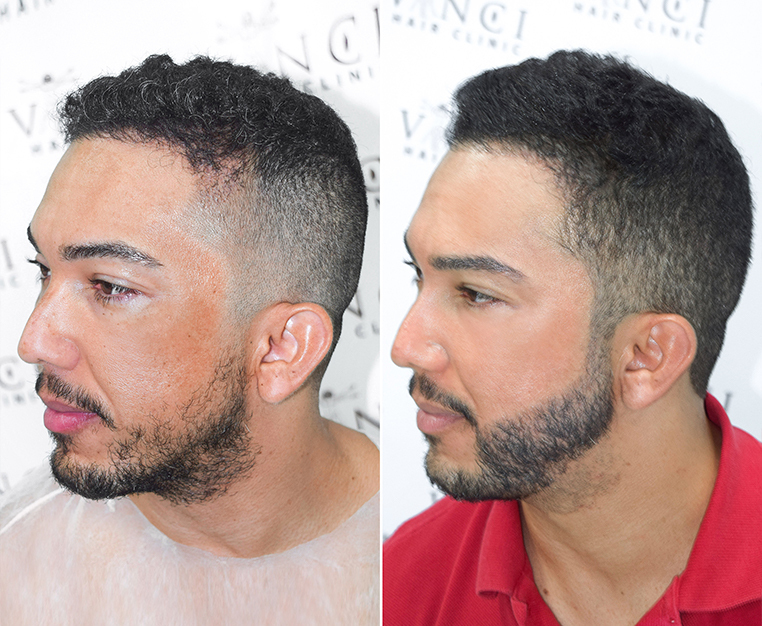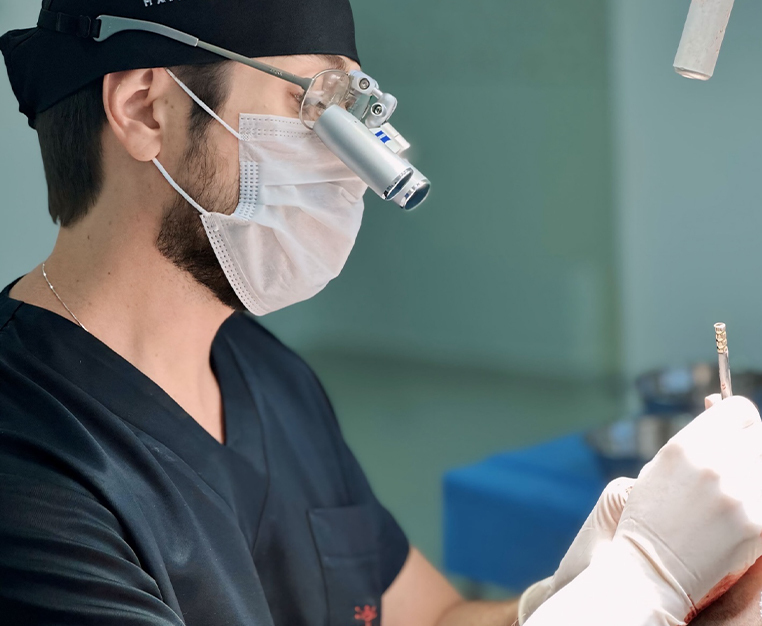Remember that time as a teenager when you thought you were invincible? As you grew older, you realised that your body was not unbreakable, that you were susceptible to the same things as everyone else, including hair loss. Unfortunately, that realisation comes to some young people much earlier than most. Studies have been done to show the psychological impact of hair loss on adults and young people. Occasionally, individual young people speak out about what hair loss at an early age meant for them.
In this article, we’ll explore the various causes of teenage hair loss and look at some of the available treatments. Keep reading to find out more!
Health Check
Let’s start with an important principle: if you experience any kind of excessive hair loss, book an appointment with your doctor for a health check. That’s because hair loss can be a symptom of an underlying medical problem, particularly if it’s accompanied by other symptoms such as fatigue, weight gain or irregular periods.
Conditions like hypothyroidism, polycystic ovary syndrome (PCOS) and lupus can all contribute to hair loss. Your doctor may suggest some blood tests to rule out any medical condition. Once that’s done, you can switch your focus to other causes of your hair loss.
Common Causes
There are some common causes of hair loss in both adults and adolescents. Androgenetic alopecia, also known as male or female pattern baldness, affects both sexes and is usually caused by a combination of genetics and hormones. The genetic part is quite straightforward; if your parents or grandparents had hair loss problems, you’ll likely experience them, too.
The impact of hormones is more complicated. The hormone dihydrotestosterone (DHT) causes the miniaturisation of hair follicles which leads to hair thinning and eventually hair loss. Changes in levels of testosterone during puberty can also play a part. Testosterone is responsible for the development of male characteristics, but when it’s converted into DHT by an enzyme called 5-alpha-reductase, it can also contribute to hair loss.
Stress
While pattern baldness can start appearing as early as your mid-teens, other types of hair loss can strike children and adolescents even earlier. Little Mix singer, Jesy Nelson, was hit by alopecia when she was just thirteen, something she blamed on the stress of being bullied. Similarly, British TV presenter Matt Lucas lost all his hair at the tender age of six. At the time, doctors thought his loss was due to delayed trauma resulting from being struck by a car.
Stress is undoubtedly a significant contributor to hair loss in children. It’s no secret that teenagers experience a lot of stress, whether it’s related to academic pressure, relationships, or personal issues. When we’re stressed, our body releases hormones like cortisol, which can disrupt the natural hair growth cycle.
Chronic stress can lead to a condition called telogen effluvium, which causes hair to fall out in large amounts. The good news is that once the stressor is removed, hair growth usually returns to normal.
In the case of Matt Lucas, that didn’t happen. This led to doctors revising his diagnosis later in life by attributing his baldness to the autoimmune disorder alopecia areata.
Treatments
There are several treatments available for androgenetic alopecia, including medications like finasteride and minoxidil. Finasteride is an oral medication that blocks the production of DHT, while minoxidil is a topical treatment that stimulates hair growth. However, these treatments may have side effects, particularly in teenagers, so you should only embark on a course after seeking medical advice.
Hair transplants may be a suitable option for some young people with pattern baldness. Reputable clinics will sometimes advise the individual to delay for a year or so until the trajectory of their hair loss can be monitored. This minimises the chances of the client having to return for a second transplant just a short time after the first.
Some work has been done to assess the effectiveness of treatments aimed at children with alopecia areata. Researchers from the University of California produced a study in 2022 which looked at the evidence supporting such treatments. It concluded that there was a body of evidence in favour of using topical corticosteroids as the first line of attack against paediatric alopecia areata, with contact immunotherapy showing as the second most effective treatment.
Conclusion
Hair loss in teenagers can be caused by a variety of factors, with genetics, hormonal changes, stress and autoimmune conditions being behind most cases. Young people experiencing hair loss should consult a doctor to investigate any underlying medical issues before speaking to a hair specialist.
When it comes to hair specialists, Vinci Hair Clinic has some of the best in the business, but you’d expect nothing less from one of the world’s leading hair restoration organisations. We offer a free, no-obligation consultation to all our new clients, either in person or over the phone using photographs. That means you don’t miss out, even if you can’t get to one of our many clinics around the world. Contact us today to book your appointment!





